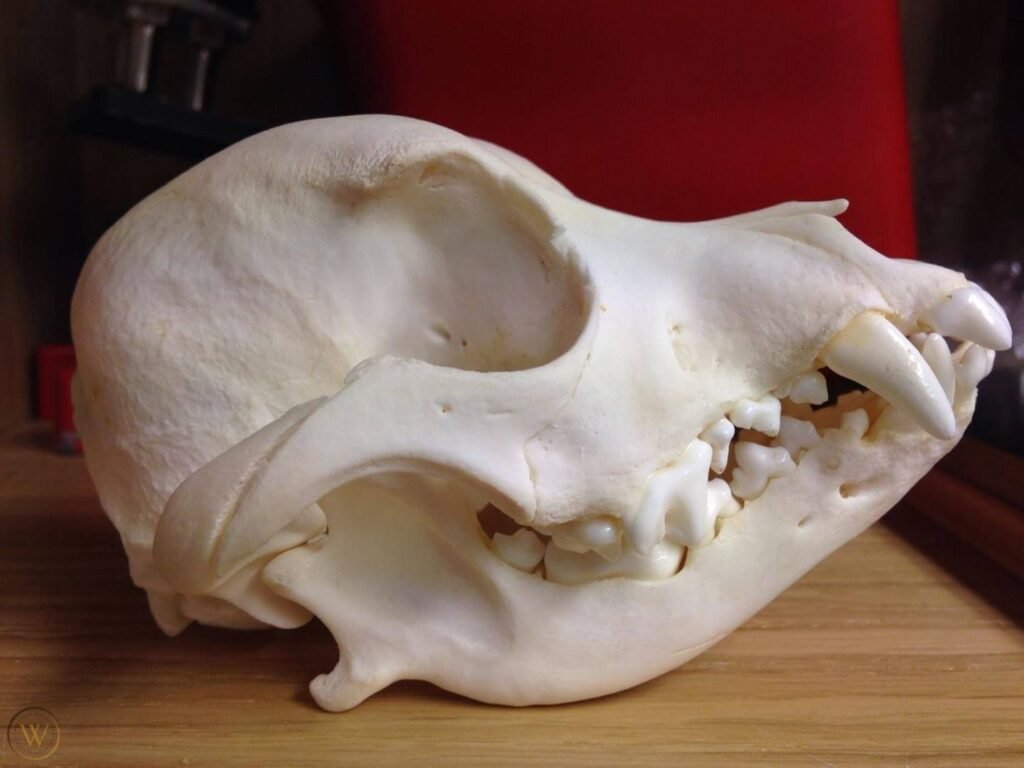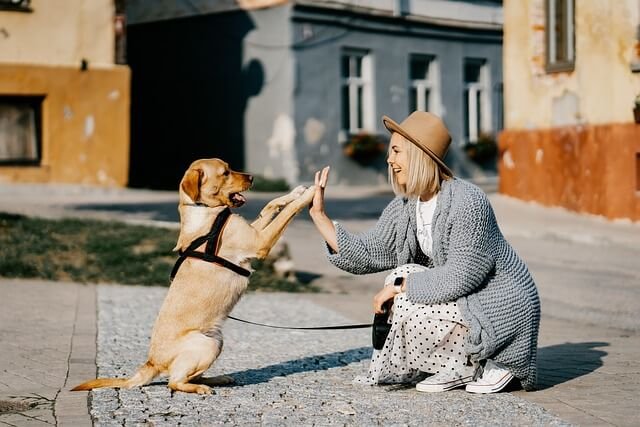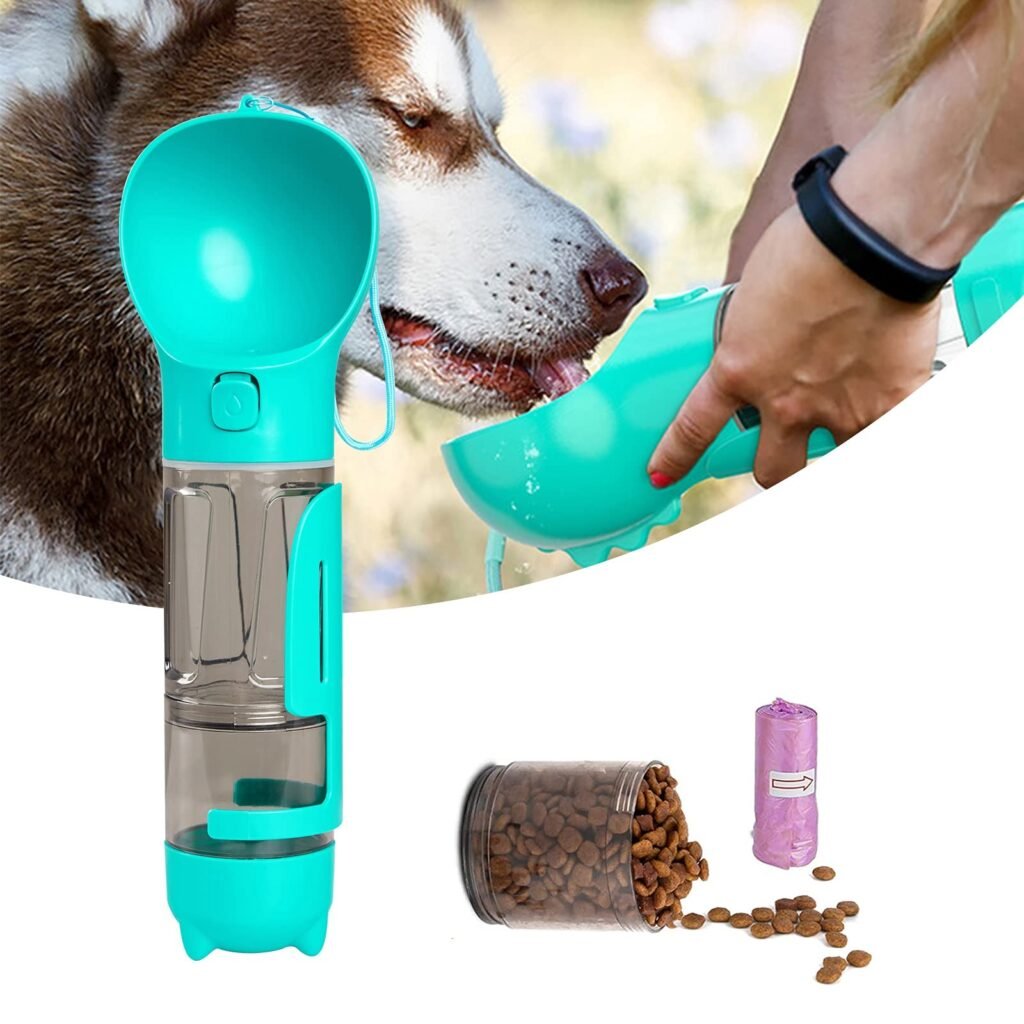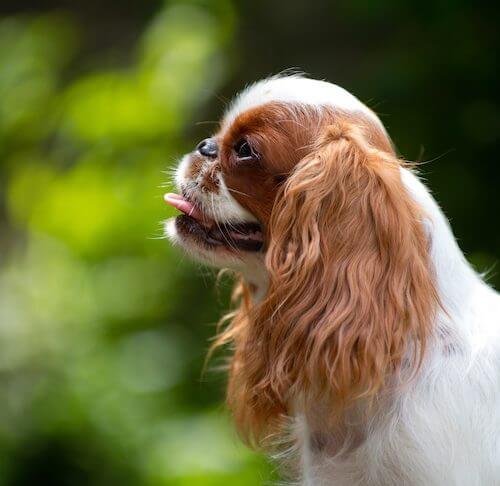
What is Reverse Sneezing in Dogs?
Hearing weird noises from your dog might be alarming as a dog owner. The most frequent sound dogs produce is a reverse sneeze, which is sometimes mistaken for a seizure or choking. we will discuss everything you need to know about reverse sneezing in dogs, including its causes, symptoms, and treatment.
Reverse sneezing is a common condition that affects many dogs. It’s a sudden, rapid, and repeated inhalation through the nose that may sound like honking or choking. It’s often mistaken for a seizure or choking, but it’s typically harmless and doesn’t require treatment.
Dog Reverse Sneeze
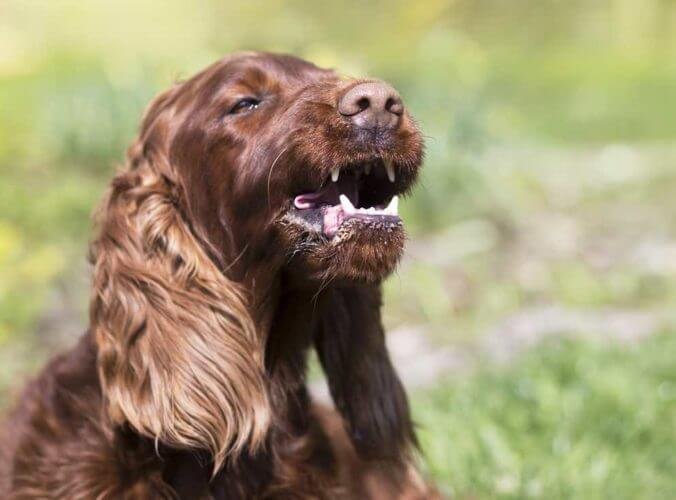
-
Allergies: Allergies are one of the most common causes of reverse sneezing in dogs. Dogs can be allergic to a variety of things, including pollen, dust mites, and certain foods. When a dog inhales an allergen, it can irritate the soft palate, leading to a reverse sneezing episode.
-
Irritants: Irritants such as perfumes, smoke, and cleaning products can also irritate the soft palate and cause a reverse sneezing episode.
-
Excitement or Stress: Some dogs may experience reverse sneezing when they get overly excited or stressed. This is because the rapid breathing associated with excitement or stress can irritate the soft palate, leading to a reverse sneezing episode.
-
Nasal Mites: Nasal mites are tiny parasites that live in a dog’s nasal passages. They can cause irritation and inflammation, leading to reverse sneezing.
-
Post-nasal Drip: Post-nasal drip occurs when mucus from the nasal passages drips down the back of the throat. This can irritate the soft palate, leading to a reverse sneezing episode.
-
Infections: Infections such as kennel cough or a respiratory infection can irritate the soft palate and cause reverse sneezing.
-
Foreign Objects: A blade of grass or a small toy that a dog inhales might become trapped in the nasal passages and cause inflammation and reverse sneezing.
Read More :
Blue American Bully
Reverse sneezing occurs when the soft palate, a flap of tissue located at the back of the mouth, is irritated. The most common causes of reverse sneezing include:
Causes of Reverse Sneezing in Dogs
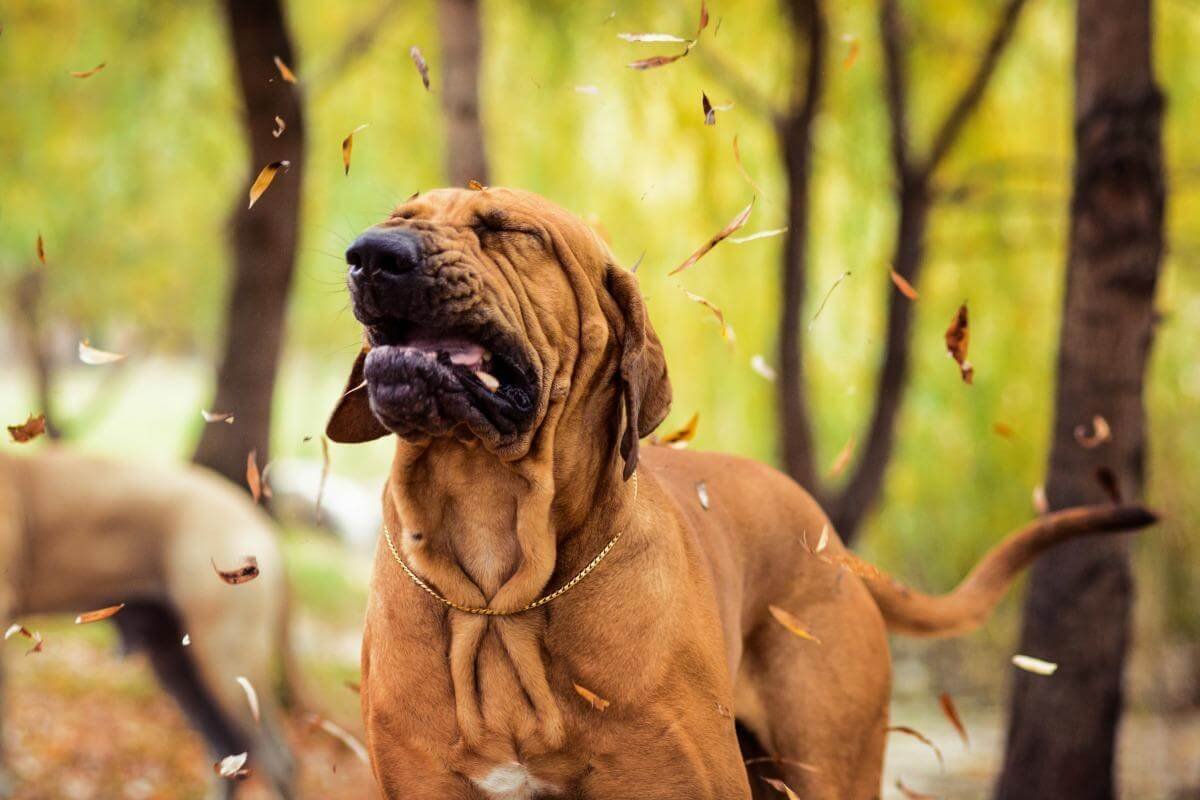
Symptoms of Reverse Sneezing in Dogs
Reverse sneezing is typically easy to spot, but it’s critical to distinguish it from other diseases. The most common symptoms of reverse sneezing include:
-
Rapid and Repeated Inhalation Through the Nose: During a reverse sneezing episode, a dog will inhale rapidly and repeatedly through the nose. From a few seconds to a minute or longer, this may happen.
-
Honking or Choking-Like Sounds: Rapid inhalation through the nose can create a honking or choking-like sound. This can be alarming for dog owners, but it’s typically harmless.
-
Stiffening of the Body: Some dogs may stiffen their bodies during a reverse sneezing episode.
-
Head Extended Forward: During a reverse sneezing episode, a dog may extend their head forward to try and clear their nasal passages.
-
Eyes Bulging: Some dogs may have bulging eyes during a reverse sneezing episode.
-
Licking or Swallowing: After a reverse sneezing episode, some dogs may lick their noses or swallow.
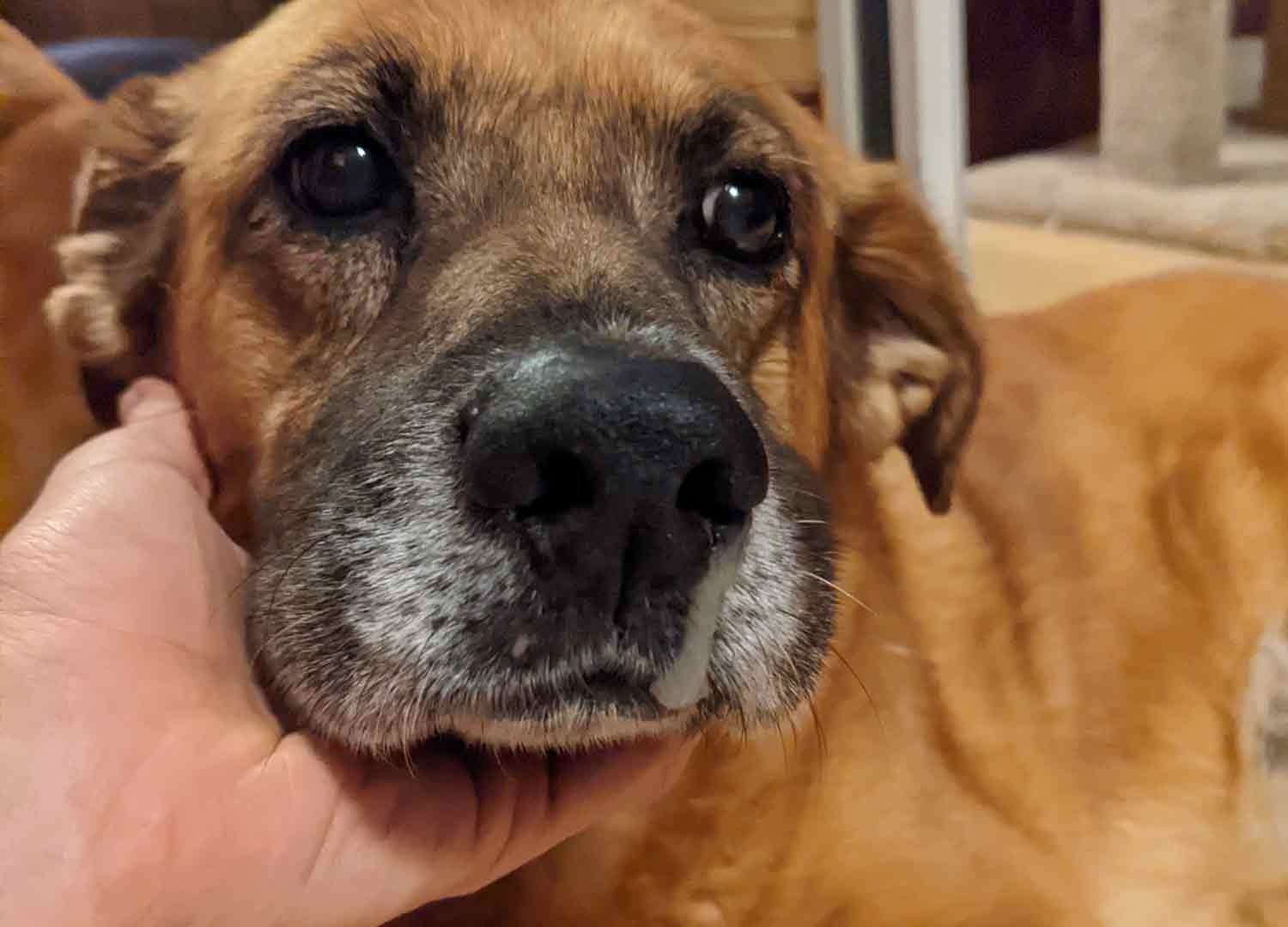
Treatment Options for Reverse Sneezing in Dogs
While reverse sneezing is typically harmless, it’s essential to rule out any underlying conditions that may be causing it. If your dog is suffering reverse sneezing episodes, you should visit your veterinarian to discover the underlying reason and devise a suitable treatment strategy. Treatment options may include:
-
Removing Irritants: If the cause of reverse sneezing is due to irritants such as perfumes or cleaning products, it’s important to remove these from the dog’s environment.
-
Medications: In some cases, medications may be necessary to manage the underlying cause of reverse sneezing. for example, antihistamines may be taken for allergies, whereas antibiotics may be prescribed for infections.
-
Surgery: In rare cases, surgery may be necessary to remove a foreign object that is causing irritation and reverse sneezing.
-
Home Remedies: Some dog owners have found that home remedies such as rubbing the throat, massaging the nostrils, or covering the dog’s nostrils with their fingers can help stop a reverse sneezing episode.
Read More :
Mini Bernese Mountain Dog
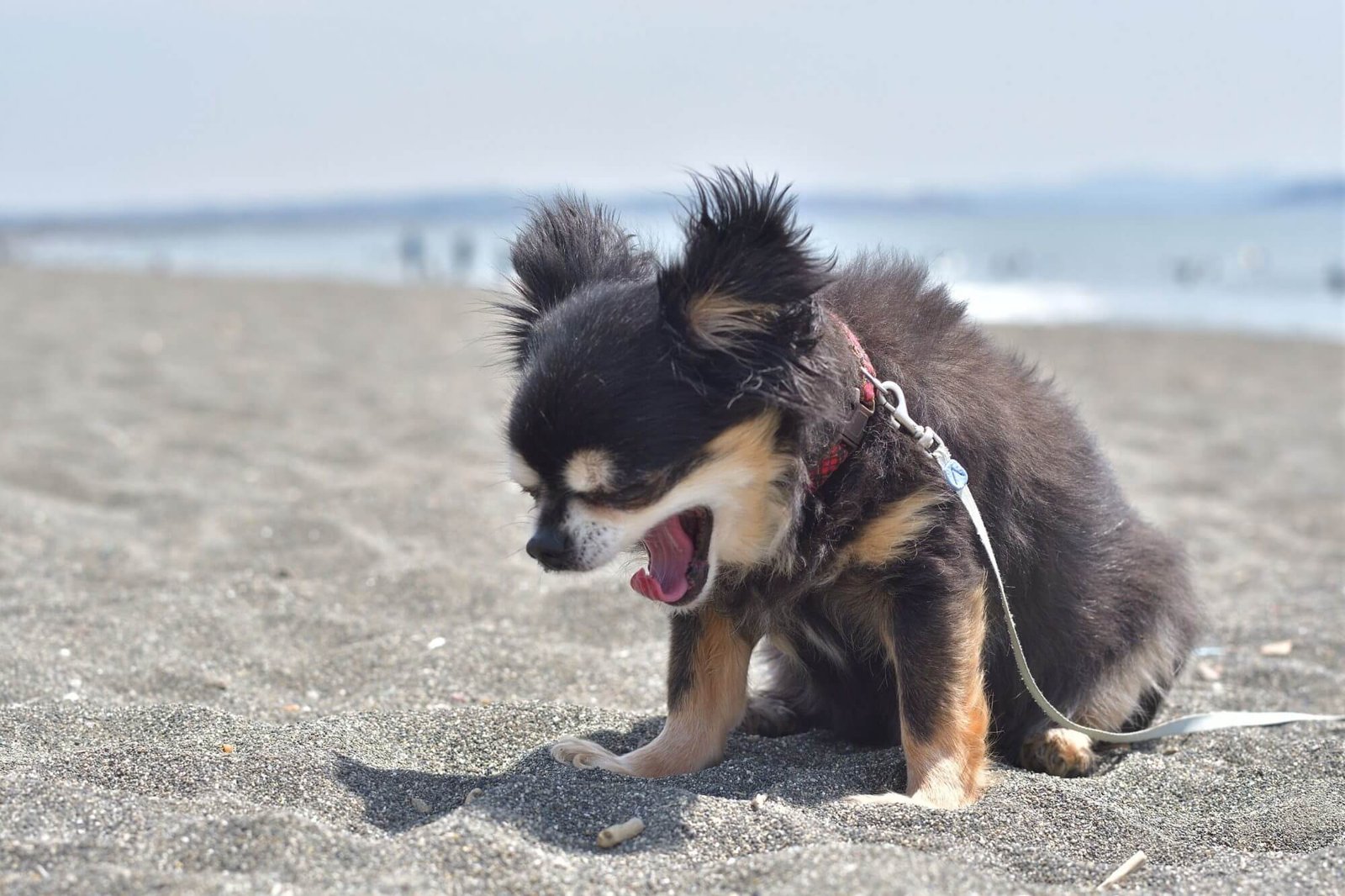
Prevention of Reverse Sneezing in Dogs
Preventing reverse sneezing in dogs can be difficult, but there are certain precautions dog owners can do to lessen the risk of it happening. These include:
-
Keeping Your Home Free of Irritants: Keeping your home free of irritants such as perfumes, cleaning products, and smoke can help prevent reverse sneezing in dogs.
-
Identifying and Treating Allergies: Identifying and treating allergies can help prevent reverse sneezing in dogs. You must speak with your doctor if your dog has allergies so that a proper treatment plan may be created.
-
Regular Veterinary Check-Ups: Regular veterinary check-ups can help identify and treat any underlying conditions that may be causing reverse sneezing in dogs.
-
Preventing Foreign Object Inhalation: Keeping small objects such as toys and household items out of reach of dogs can help prevent foreign object inhalation and reverse sneezing.
Conclusion
Reverse sneezing in dogs is a common condition that can be mistaken for a seizure or choking. Although it is frequently innocuous and doesn’t need to be treated, it is crucial to rule out any underlying conditions that might be the source of it. By understanding the causes, symptoms, and treatment options for reverse sneezing, dog owners can take steps to keep their furry friends healthy and happy.
In summary, while reverse sneezing may seem alarming to dog owners, it is a relatively common and harmless condition in dogs. It is important to be able to recognize the signs and symptoms of reverse sneezing and distinguish them from other more serious conditions such as choking or seizures. In order to rule out any underlying issues that may be causing your dog’s frequent or severe reverse sneezing episodes, it is important to speak with your veterinarian.
By following preventative measures such as keeping your home free of irritants, identifying and treating allergies, and regular veterinary check-ups, dog owners can help reduce the likelihood of their furry friends experiencing reverse sneezing episodes. If medications or surgery are necessary to manage the underlying cause of reverse sneezing, your veterinarian can recommend the best course of action for your dog.
Ultimately, understanding and addressing the causes and treatment options for reverse sneezing in dogs can help ensure that your furry friend stays healthy and happy for years to come.
FAQ
Q: Is reverse sneezing in dogs dangerous?
Q: How can I tell if my dog is reverse sneezing?
A: While reverse sneezing can be distressing to watch, it is generally not dangerous to the dog and does not cause any harm. However, if the episodes are frequent or severe, it is important to consult with a veterinarian to rule out any underlying conditions that may be causing the reverse sneezing.
A: Signs of reverse sneezing in dogs include rapid inhalation through the nose, repeated snorting, and an extended neck. It may also sound like the dog is choking or having difficulty breathing. However, unlike choking, the dog is able to breathe through their nose during a reverse sneezing episode.
What causes reverse sneezing in dogs?
Q: Can I prevent reverse sneezing in my dog?
A: Reverse sneezing in dogs is assumed to be brought on by irritation or inflammation of the throat or nasal passages, while the specific origin is unknown. Possible causes include allergies, irritants such as perfumes or cleaning products, excitement or exercise, or even eating or drinking too quickly.
A: Reverse sneezing in dogs may not be completely preventable, but there are steps that may be taken to reduce its chance. These include keeping your home free of irritants, identifying and treating allergies, and regular veterinary check-ups to identify and treat any underlying conditions that may be causing reverse sneezing.
Q: Can I help my dog during a reverse sneezing episode?
Q: Is there a treatment for reverse sneezing in dogs?
A: In most cases, reverse sneezing in dogs does not require treatment as it is a harmless condition. However, if the episodes are frequent or severe, medications such as antihistamines may be prescribed for allergies or antibiotics for infections. In rare cases, surgery may be necessary to remove a foreign object causing irritation and reverse sneezing.
A: While reverse sneezing episodes typically last for only a few seconds to a minute, there are things that dog owners can do to help their furry friends during an episode. These include gently massaging the throat, covering the dog’s nostrils with your fingers for a few seconds, or calming the dog by speaking in a soothing voice.


